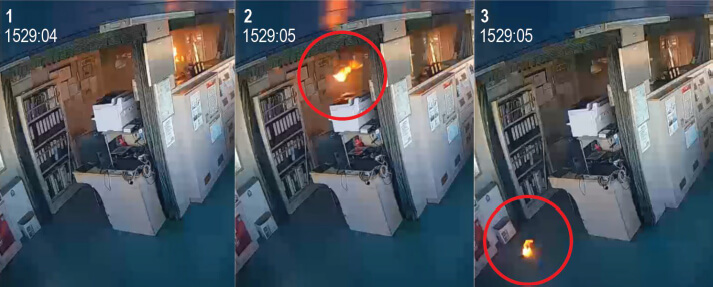Danish and Norwegian Dockworkers to Join Swedish Strike Against Tesla
The unions representing dockworkers in Danish and Norwegian ports as well as the workers who transport cars plan to refuse to handle Tesla automobiles bound for Sweden in sympathy strikes supporting the ongoing action in Sweden. The two unions severed strike notices yesterday and today in response to reports that Tesla might be seeking to divert cars bound for Sweden into neighboring countries and drive them across the border after Sweden unions closed all the country’s ports to the manufacturer’s auto imports.
What began as a small strike in Sweden seeking an enterprise agreement for about 120 to 130 mechanics who work in Tesla’s maintenance operations is quickly becoming a regional issue with both sides deeply entrenched. Sweden’s powerful union IF Metall, which says it has over 300,000 members in the manufacturing, chemical, mining, and automotive industries, launched the strike on October 27 after prolonged attempts at negotiations with Tesla.
IF Metall contends that more than 90 percent of Sweden’s workers are covered by enterprise agreements, noting “Collective agreements are the basis of the Swedish labor market. They argue they are fighting for “decent and safe working conditions,” with the agreements covering wages, form of employment, occupational pension, working hours, vacations, and periods of notice. They note with these agreements in place, there is an obligation to maintain labor peace noting there are very few labor market conflicts in Sweden.
Tesla’s flamboyant CEO Elon Musk is an outspoken critic of unions. Speaking with The New York Times he recently said “I disagree with the idea of unions. I think unions naturally try to create negativity in a company.”
After launching the strike, IF Metall appealed to its peers for support. The union representing Sweden’s dockworkers initially said it would not handle the cars at four ports but later widened the ban to all Tesla cars at all ports or entering the country. Other unions across Sweden also joined in support of the strike including the country’s postal workers who are refusing to handle packages including the license plates needed to deliver Tesla cars to buyers. Tesla sued the post office and Swedish Transport Authority, but today a court stayed a temporary injunction leaving it to the appeals court to decide the issue. So for now, Tesla has no way to get license plates in Sweden.
Denmark’s 3F union issued a statement on December 5 announcing that it had filed a notice to stop offloading and transporting Tesla vehicles to Sweden. There had been speculation that Tesla might begin trucking cars across the Øresund bridge from Denmark, which would be about a seven-hour drive to reach its facilities in Sweden. Tesla’s electric vehicles are the most popular models in Sweden with buyers often already waiting for deliveries.
“IF Metall and the Swedish workers are currently fighting an incredibly important battle. When they ask for our support, we naturally back up,” said Jan Villadsen, chairman of 3F Transport. “Even if you are one of the richest people in the world, you can’t just make your own rules. We have some agreements on the labor market in the Nordics, and you have to comply with them if you want to do business here. Solidarity is the cornerstone of the trade union movement and extends across national borders.”
Reports indicate it is the first time in seven years that neighboring labor unions have crossed borders in support of each other in Scandinavia. Swedish pilots in 2015 supported a strike by pilots in Norway and indications are that the Norwegian are now ready to also provide support in the Tesla strike.
Fellesforbundet, which calls itself the largest union in the private sector in Norway and represents employees in industry, car workshops, ports, and transport, announced today that it has also filed a two-week notice to commence a boycott aimed at the transport of Tesla cars to the Swedish market. Echoing the sentiments of their Danish colleagues and the Swedish union that represents the dockworkers, Fellesforbundet leader Jørn Eggum said in his statement, “In the Nordic countries, there is broad agreement about the importance of a well-organized working life… The right to demand a collective agreement is a natural part of our working life, and we cannot accept that Tesla stands outside this.”
Media reports indicate that the expansion of the strike and supporting boycotts might reach further. Finland’s unions are reportedly considering launching a similar boycott against Tesla. The manufacturer’s nearest facility to Sweden would become Germany, but reports highlight the impracticality of attempting to transport the cars from Germany. The Danish and Norwegian boycotts will launch in two weeks after the notice period has been completed.

















